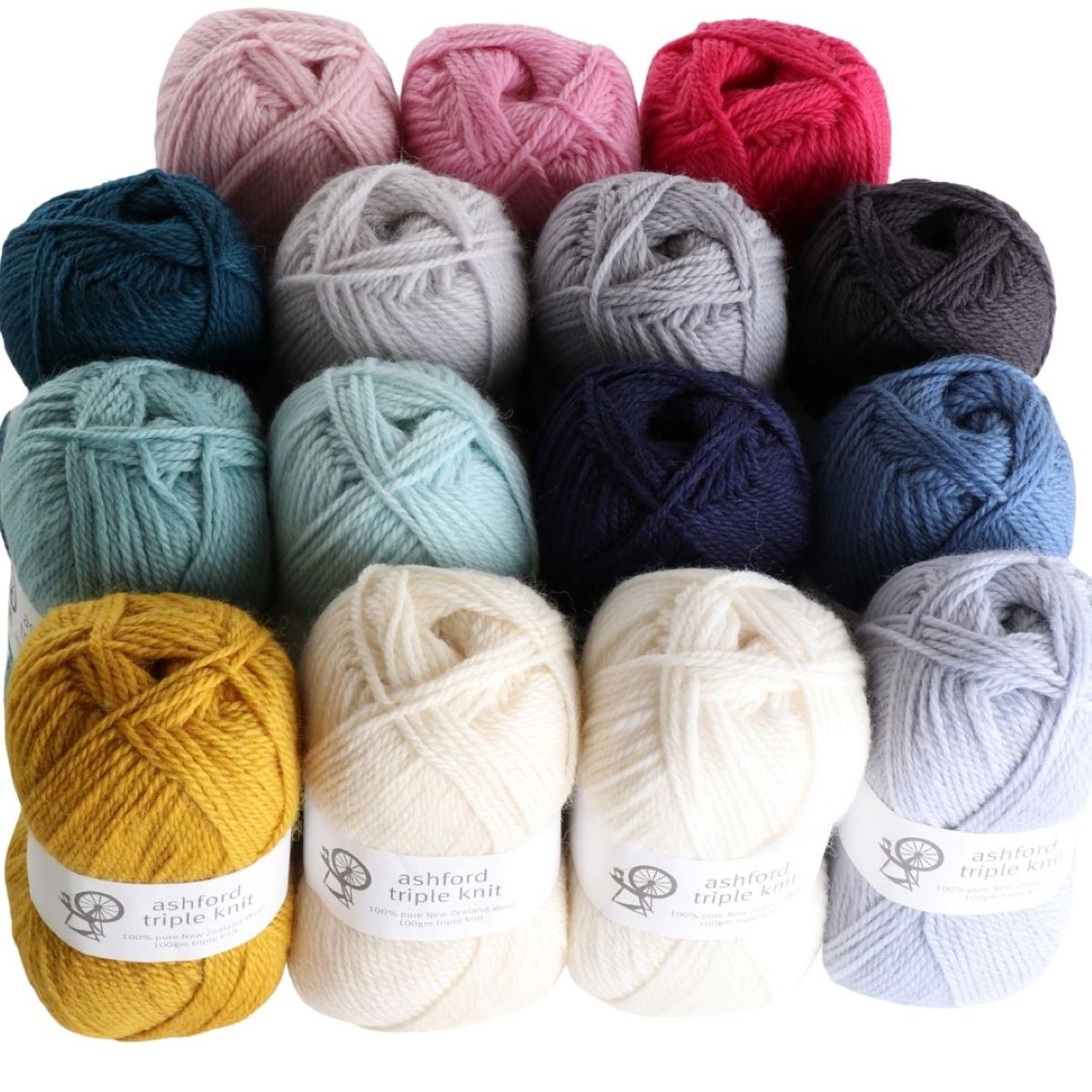

Articles
How To Store Yarn
Modified: April 23, 2024
Learn the best methods and tips for storing yarn in this comprehensive guide. Keep your articles tidy and damage-free with proper yarn storage techniques.
(Many of the links in this article redirect to a specific reviewed product. Your purchase of these products through affiliate links helps to generate commission for Storables.com, at no extra cost. Learn more)
Introduction
When it comes to the world of crafting and knitting, yarn is an essential component. Whether you’re an avid knitter, crochet enthusiast, or just someone who enjoys working with yarn, proper yarn storage is crucial to keeping your materials in optimal condition.
Proper storage not only protects your yarn from damage but also ensures that it remains clean, organized, and easily accessible. From avoiding moisture and pests to preventing tangling and knots, there are various factors to consider when storing your yarn collection.
In this article, we will explore some of the best practices for storing yarn and provide you with valuable tips to help you keep your supplies in top shape. Let’s dive in and discover how to store yarn effectively.
Key Takeaways:
- Proper yarn storage involves choosing the right space, preventing moisture and pests, organizing by color or project, and utilizing effective storage containers. These practices ensure yarn longevity and easy accessibility for crafting projects.
- Long-term yarn storage requires cleanliness, acid-free tissue wrapping, avoiding plastic bags, and monitoring for pests and storage conditions. These steps preserve yarn quality and usability over extended periods, ready for future creative endeavors.
Read more: How To Store Yarn In Small Space
Choosing the Right Storage Space
Before diving into the specifics of yarn storage, it’s important to determine the right storage space for your needs. Consider the following factors:
- Lighting: Choose a storage area that is away from direct sunlight and harsh artificial lighting. Prolonged exposure to light can cause yarn colors to fade over time.
- Temperature: Yarn is best stored in a cool and dry environment. Avoid areas that experience extreme temperature fluctuations, as it can impact the quality and durability of the yarn fibers.
- Accessibility: Ensure that your storage space is easily accessible. This will make it convenient for you to retrieve yarn when needed, without having to navigate through clutter or obstacles.
- Space: Consider the size of your yarn collection and choose a storage space that provides enough room to accommodate it. Having ample space will also make it easier to organize and maintain your yarn collection.
Examples of suitable storage spaces include closets, shelves, cabinets, or dedicated craft rooms. Choose an option that best suits your available space and personal preferences.
Once you have identified the ideal storage space, it’s time to take additional measures to ensure that your yarn remains in top condition.
Avoiding Moisture and Humidity
Moisture and humidity can be detrimental to yarn, causing it to become damp, musty-smelling, and prone to mold or mildew. To protect your yarn from these issues, follow these tips:
- Choose a dry area: Select a storage space that is free from excess moisture or humidity. Avoid storing yarn in basements, attics, or areas prone to moisture accumulation.
- Use moisture-absorbing materials: Place moisture-absorbing materials such as silica gel packets or desiccant packets in your yarn storage containers or bags. These packets help absorb excess moisture and keep the environment dry.
- Avoid plastic storage bins: While plastic bins might seem like a convenient option, they can trap moisture and contribute to a humid environment. Instead, opt for breathable storage containers or bags made of fabric or natural materials.
- Consider air circulation: Ensure that your storage space has adequate air circulation to prevent the accumulation of moisture. Avoid cramming yarn in tightly packed containers, as it restricts airflow.
By taking these precautions, you can safeguard your yarn collection from moisture-related damage and ensure its longevity.
Protecting Yarn from Dust and Pests
Dust accumulation can make your yarn dirty and affect its quality. Similarly, pests like moths and mice can wreak havoc on your precious yarn collection. Here are some ways to protect your yarn from dust and pests:
- Store yarn in sealable bags: Place your yarn skeins or balls in sealable plastic bags to protect them from dust and keep them clean. Clear plastic bags allow you to easily see the contents, while opaque bags provide extra protection from sunlight.
- Use yarn storage containers: Consider using dedicated yarn storage containers with lids to protect your yarn from dust and pests. Choose containers made of sturdy materials like plastic or wood that can be securely closed to prevent any intrusions.
- Use natural pest deterrents: Avoid using chemical mothballs or pest control sprays near your yarn as they can leave unpleasant odors or residue. Instead, use natural deterrents like lavender sachets, cedar blocks, or herbal repellents to keep pests at bay.
- Regularly clean your storage space: Dust and clean your storage space regularly to prevent the accumulation of dust particles that can settle on your yarn. Vacuum or wipe down any shelves, containers, or surfaces to maintain a clean environment.
By taking these steps, you can minimize the risk of dust buildup and protect your yarn from unwanted pests, ensuring that it remains in pristine condition.
Organizing Yarn by Colors or Projects
Keeping your yarn organized is not only visually pleasing but also helps you locate specific colors or materials easily. There are two common methods for organizing yarn: by colors and by projects.
Organizing by Colors: Sorting your yarn by colors makes it convenient to select the exact shade you need for your next project. Here are some tips for organizing yarn by colors:
- Separate colors into different containers or bins: Use separate containers or bins for each color family, such as blues, greens, reds, etc. This allows you to quickly identify and access specific colors when needed.
- Label each container: Attach labels to each container indicating the color family or using color swatches to easily identify the contents inside.
- Arrange yarn in a visually appealing manner: Arrange the yarn within each container or bin in a way that showcases the colors and makes it easy to find the desired shade.
Organizing by Projects: If you frequently work on multiple projects simultaneously, organizing your yarn by projects can be beneficial. Here’s how:
- Allocate separate storage bags or containers for each project: Use clear storage bags or containers to keep the yarn, patterns, and any related items together for each project.
- Label each bag or container: Clearly label each bag or container with the project name or details to quickly identify and grab the materials for that specific project.
- Keep project-related items together: Along with the yarn, keep any project-specific tools, notes, or accessories in the same bag or container.
By organizing your yarn by colors or projects, you can maintain a neat and orderly system that makes it easy to locate and use your yarn efficiently.
Utilizing Storage Containers and Bags
Storage containers and bags play a crucial role in keeping your yarn collection organized and protected. Here are some tips for effectively utilizing them:
- Choose the right size: Select storage containers or bags that are spacious enough to accommodate your yarn without squishing or tangling it. Consider the size of your yarn skeins or balls when making your selection.
- Opt for clear containers or bags: Clear containers or bags allow you to easily see the contents without having to open them. This makes it quick and convenient to locate specific yarn colors or projects.
- Use airtight containers: For long-term storage or to protect your yarn from dust and pests, opt for airtight containers. These containers create a barrier against external elements, ensuring the yarn remains clean and safe.
- Consider portable options: If you frequently travel with your yarn or enjoy knitting on the go, invest in portable storage bags or totes. These bags often feature compartments and pockets to keep your yarn and tools organized while on the move.
- Utilize hanging storage: Hanging storage solutions, such as yarn organizers or hanging shelves, are excellent options for keeping your yarn easily accessible and visible. They save space and allow you to display your yarn collection as a decorative element.
- Dividers and compartments: To further organize your yarn within containers or bags, use dividers or compartments. These can be as simple as using zippered plastic bags or fabric pouches to separate different colors or projects.
Experiment with different storage containers and bags to find the ones that best suit your needs and preferences. Efficient utilization of storage solutions will not only keep your yarn well-organized but also extend its lifespan.
Store yarn in a cool, dry place away from direct sunlight to prevent fading and damage. Keep it in a breathable container, like a cotton bag, to prevent moisture buildup.
Labeling and Inventory Management
Labeling and inventory management are essential aspects of yarn storage that help you keep track of your collection and easily locate specific items. Follow these tips for effective labeling and inventory management:
- Label containers or bags: Attach labels to your storage containers or bags to indicate the contents inside. Include details such as color names, yarn weights, or project names, depending on your preference.
- Utilize color-coded systems: If you have a large yarn collection, consider implementing a color-coding system to further streamline your organization. Assign specific colors or labels to different yarn types, projects, or brands for quick identification.
- Keep an inventory list: Maintain an inventory list of your yarn collection to keep track of the quantities and specific details of each yarn. This can be a spreadsheet or a dedicated notebook where you note down the yarn type, color, weight, and the amount you have in stock.
- Update your inventory regularly: Stay on top of your inventory management by periodically updating your list. This will help you avoid purchasing duplicate yarn and enable you to plan projects more effectively based on the yarn you already have.
- Utilize digital tools: If you prefer digital organization, there are numerous apps and software available for inventory management. These tools allow you to easily search and categorize your yarn collection, making it convenient to track and locate specific items.
By labeling your storage containers or bags and maintaining an inventory list, you can easily find the yarn you need and avoid any confusion or waste. Not only does this save time and effort, but it also helps you make more informed decisions when it comes to expanding your yarn collection.
Storing Yarn in a Climate-Controlled Environment
Yarn is sensitive to environmental conditions, particularly temperature and humidity. To ensure the longevity of your yarn collection, storing it in a climate-controlled environment is highly recommended. Here’s why and how to achieve this:
Why is a climate-controlled environment important?
Yarn fibers can be negatively affected by extreme temperatures and humidity levels. High temperatures can cause yarn to become brittle, while excessive humidity can encourage the growth of mold and mildew. In a climate-controlled environment, you can maintain optimal conditions to preserve the quality of your yarn.
Tips for achieving a climate-controlled environment:
- Use a dehumidifier: If you live in a humid area, consider using a dehumidifier to regulate the moisture levels in your yarn storage space. This helps prevent the growth of mold and mildew, which can damage your yarn.
- Use a humidifier: In dry climates or during the winter season, a humidifier can add moisture to the air and prevent your yarn from becoming dry and brittle. This is particularly important for natural fibers like wool.
- Monitor temperature: Keep an eye on the temperature in your storage area and make sure it remains within a moderate range. Extreme heat or cold can damage yarn fibers, so aim for a temperature between 65-75°F (18-24°C).
- Ensure proper insulation: Insulate your storage space to minimize temperature fluctuations. Make sure there are no drafts or exposed areas that could lead to rapid changes in temperature.
By implementing these measures, you can create a climate-controlled environment that protects your yarn from the damaging effects of extreme temperatures and humidity. This ensures that your yarn remains in optimal condition for all your future knitting and crochet projects.
Preventing Tangling and Knots
Tangling and knots can be frustrating and time-consuming to deal with when working with yarn. To prevent these issues and keep your yarn neat and tangle-free, follow these tips:
- Store yarn skeins or balls separately: If possible, store each yarn skein or ball individually to prevent them from tangling with each other. This can be done by placing them in separate storage bags or containers.
- Use yarn organizers: Yarn organizers, such as yarn bowls or yarn holders, can help keep your yarn in place while you work. These organizers usually have a hole or slit through which you can feed the yarn, preventing it from rolling around and tangling.
- Ball or wind the yarn properly: When winding yarn into a ball or cake, make sure to do it carefully and evenly. Avoid winding too tightly or loosely, as this can lead to tangles and knots. Use a yarn swift or ball winder for a more uniform and controlled winding process.
- Work from the center of the yarn: When using a skein or ball of yarn, start from the center rather than the outer end. This helps prevent the yarn from rolling around and tangling as you work.
- Use yarn guides: Yarn guides, or thread guides, can be attached to your knitting needles or crochet hooks to keep the yarn in line and prevent it from twisting or tangling excessively.
- Keep work-in-progress organized: If you have multiple ongoing projects, use separate project bags or containers to keep each project’s yarn and accessories together. This minimizes the risk of yarn from different projects getting tangled together.
By following these preventive measures, you can significantly reduce the occurrence of tangling and knots in your yarn, making your crafting process smoother and more enjoyable.
Read more: How To Organize A Yarn
Long-Term Storage Tips
Long-term storage of yarn is necessary when you have a sizable collection or want to preserve your yarn for future projects. Follow these tips to ensure your yarn remains in excellent condition during extended periods of storage:
- Clean the yarn: Before storing your yarn, make sure it is clean and free from any dirt or debris. If needed, gently hand wash or dry clean the yarn according to the manufacturer’s instructions before packing it away.
- Use acid-free tissue paper: To add an extra layer of protection, wrap each yarn skein or ball with acid-free tissue paper. This helps prevent any acid transfer or yellowing of the yarn fibers over time.
- Avoid plastic bags: While plastic bags might be convenient for short-term storage, they can trap moisture and contribute to a humid environment for long-term storage. Opt for breathable fabric or paper-based storage bags or boxes instead.
- Consider vacuum sealing: If you want to minimize the storage space and prevent any air or moisture infiltration, vacuum-sealing your yarn can be an effective option. Just make sure to protect delicate fibers and avoid compressing them too tightly.
- Store in a dark area: To prevent yarn colors from fading over time, store your yarn in a dark area away from direct sunlight. You can use opaque containers or cover your storage boxes with a light-blocking fabric or sheet.
- Regularly check for pests: Even in long-term storage, it’s essential to periodically check for any signs of pests. Look for evidence of insects, such as droppings or webbing, and take immediate action if you suspect an infestation.
- Monitor the storage conditions: Maintain appropriate temperature and humidity levels in your storage area over the long term. Use a thermometer and hygrometer to regularly monitor the conditions and make adjustments if necessary.
By following these long-term storage tips, you can ensure that your yarn remains in optimal condition, ready to be used in future projects whenever inspiration strikes.
Conclusion
Proper storage of yarn is essential to maintain its quality and usability over time. By following the tips and techniques outlined in this article, you can ensure that your yarn remains clean, organized, and protected from environmental factors, pests, tangling, and knots.
Choosing the right storage space and implementing measures to prevent moisture and humidity will help preserve the integrity of your yarn fibers. Protecting your yarn from dust and pests will keep it clean and ready for use in your next project. Organizing your yarn by colors or projects will make it easy to locate specific shades or materials whenever you need them.
Utilizing storage containers and bags, as well as labeling and managing your inventory, will help you maintain an efficient and systematic approach to storing your yarn collection. Storing yarn in a climate-controlled environment will ensure that it remains in optimal condition for years to come.
By following the long-term storage tips, you can safeguard your yarn during extended periods of storage, preserving its color, quality, and usability. Regularly checking for pests and monitoring the storage conditions are additional measures to take into account for long-term storage.
Remember, a well-organized and properly stored yarn collection not only protects your investment but also enhances your crafting experience. With these tips in mind, you can create a well-preserved and accessible yarn collection that sparks creativity and brings joy to your knitting and crochet projects.
Frequently Asked Questions about How To Store Yarn
Was this page helpful?
At Storables.com, we guarantee accurate and reliable information. Our content, validated by Expert Board Contributors, is crafted following stringent Editorial Policies. We're committed to providing you with well-researched, expert-backed insights for all your informational needs.
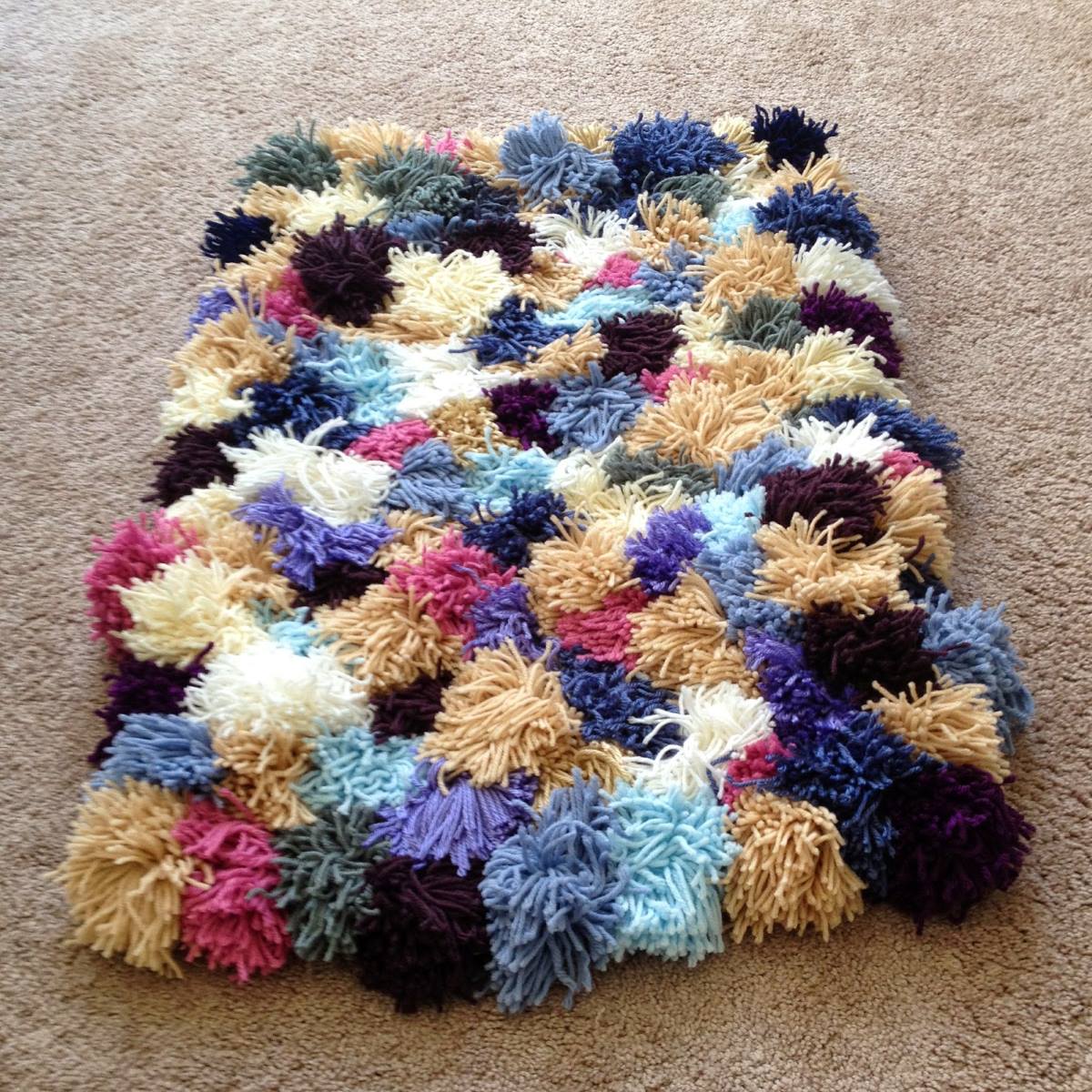
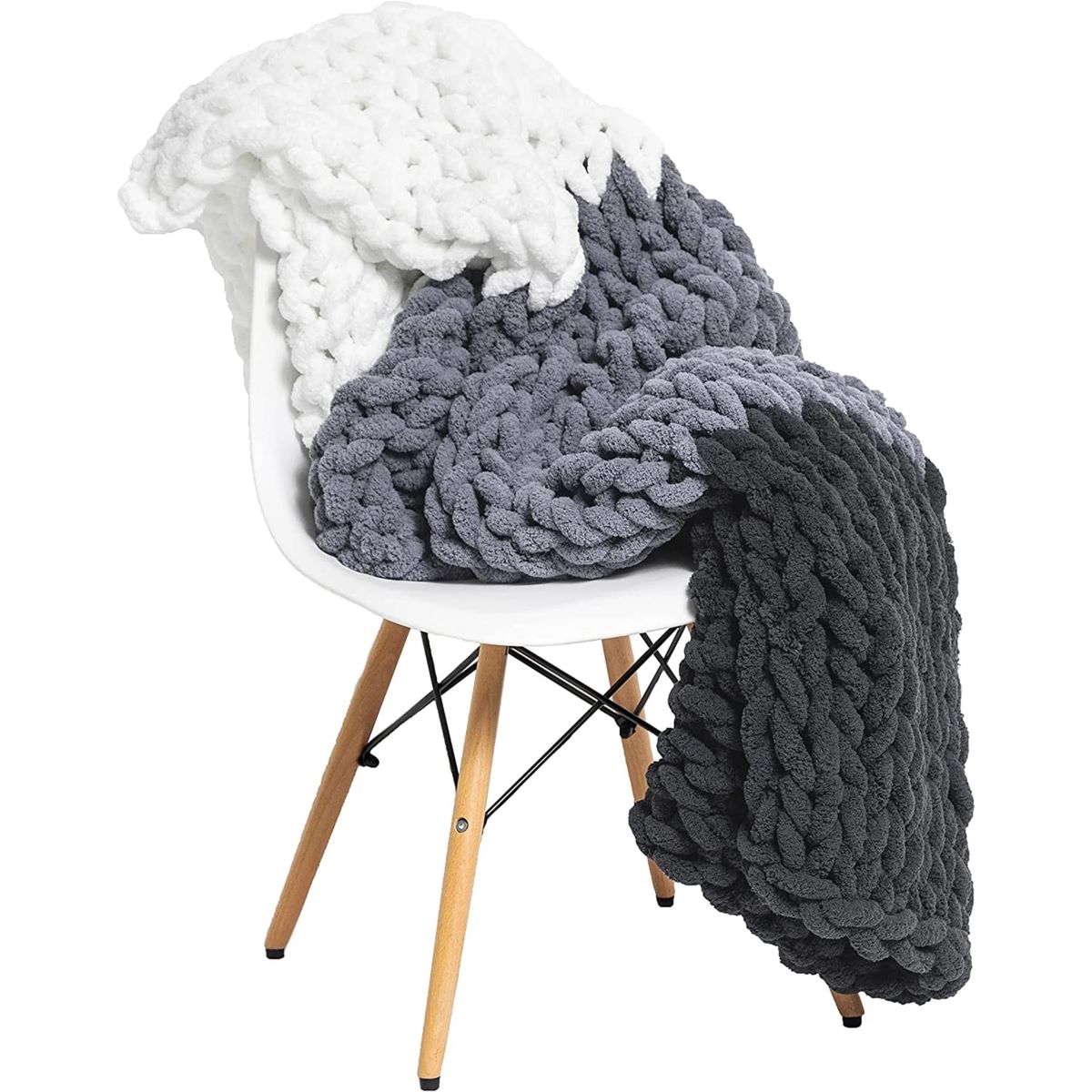
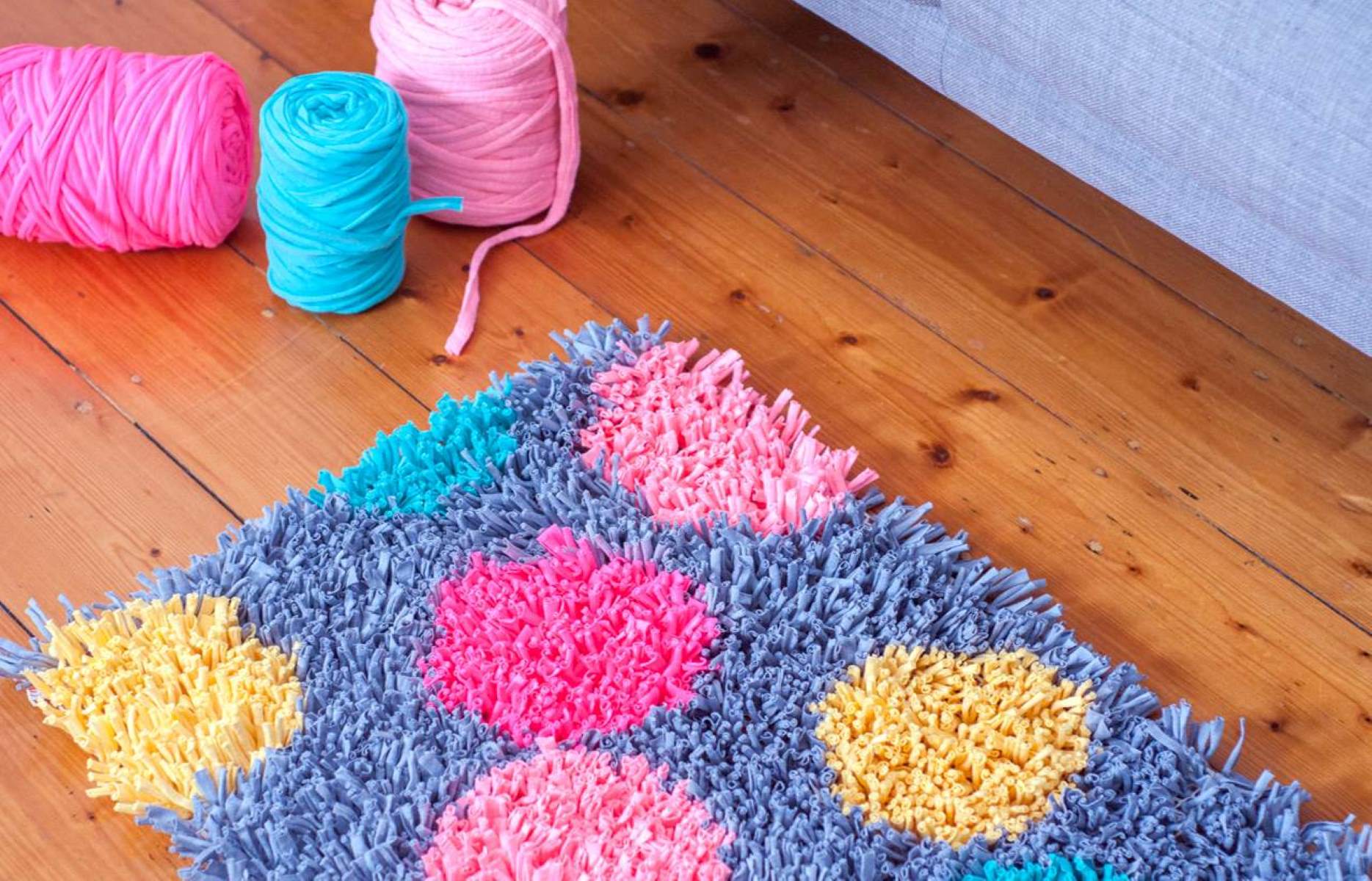


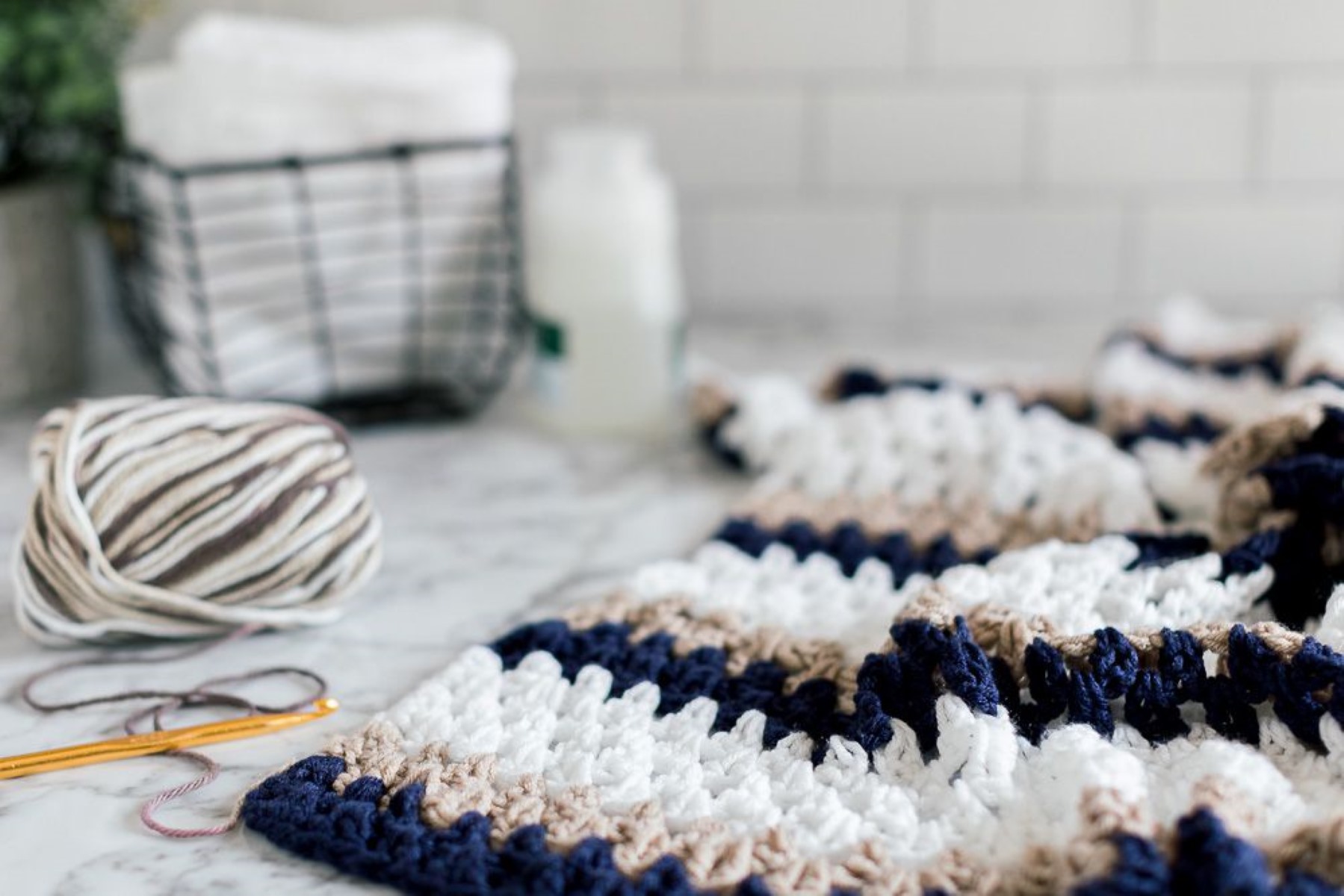
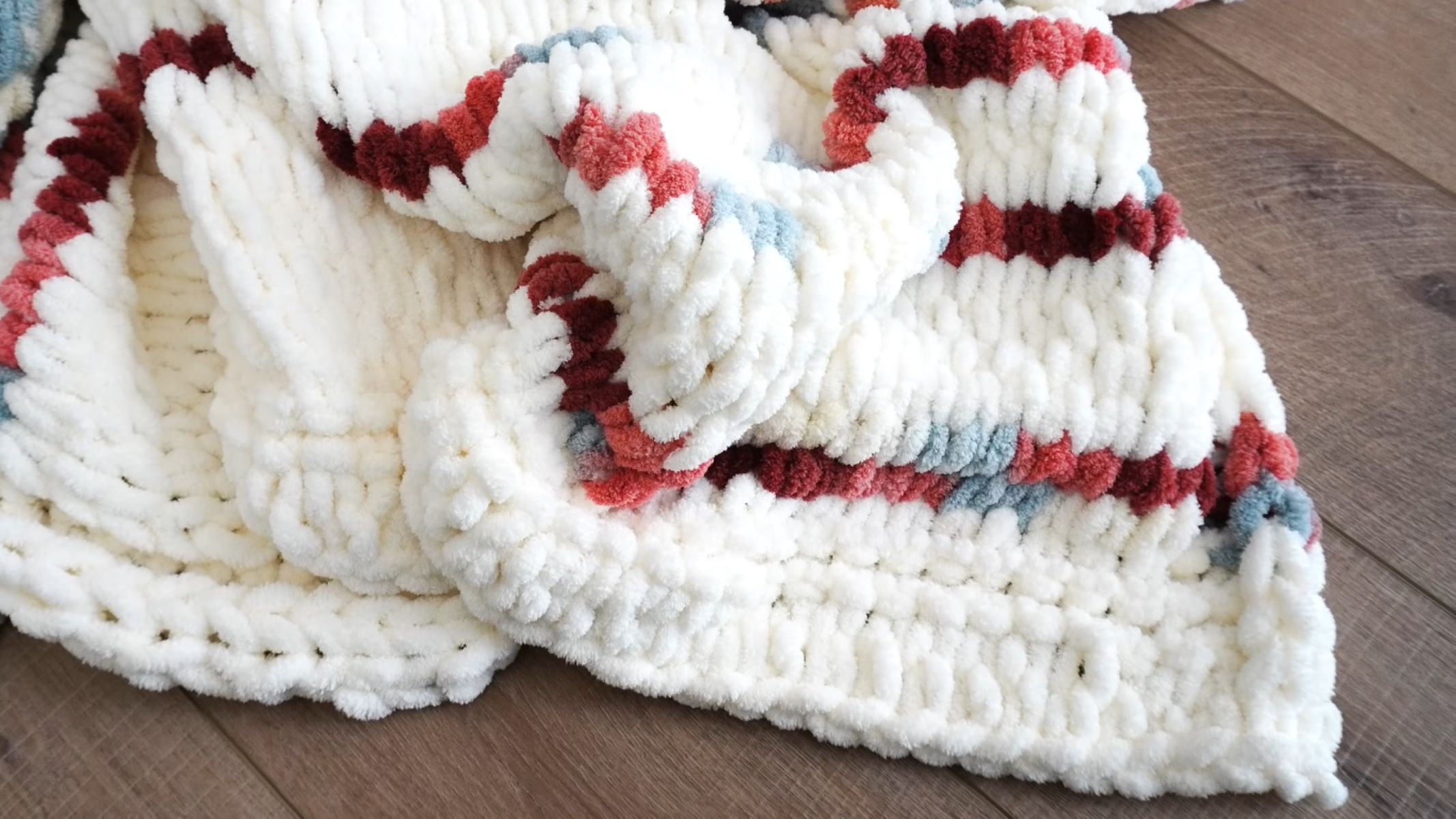



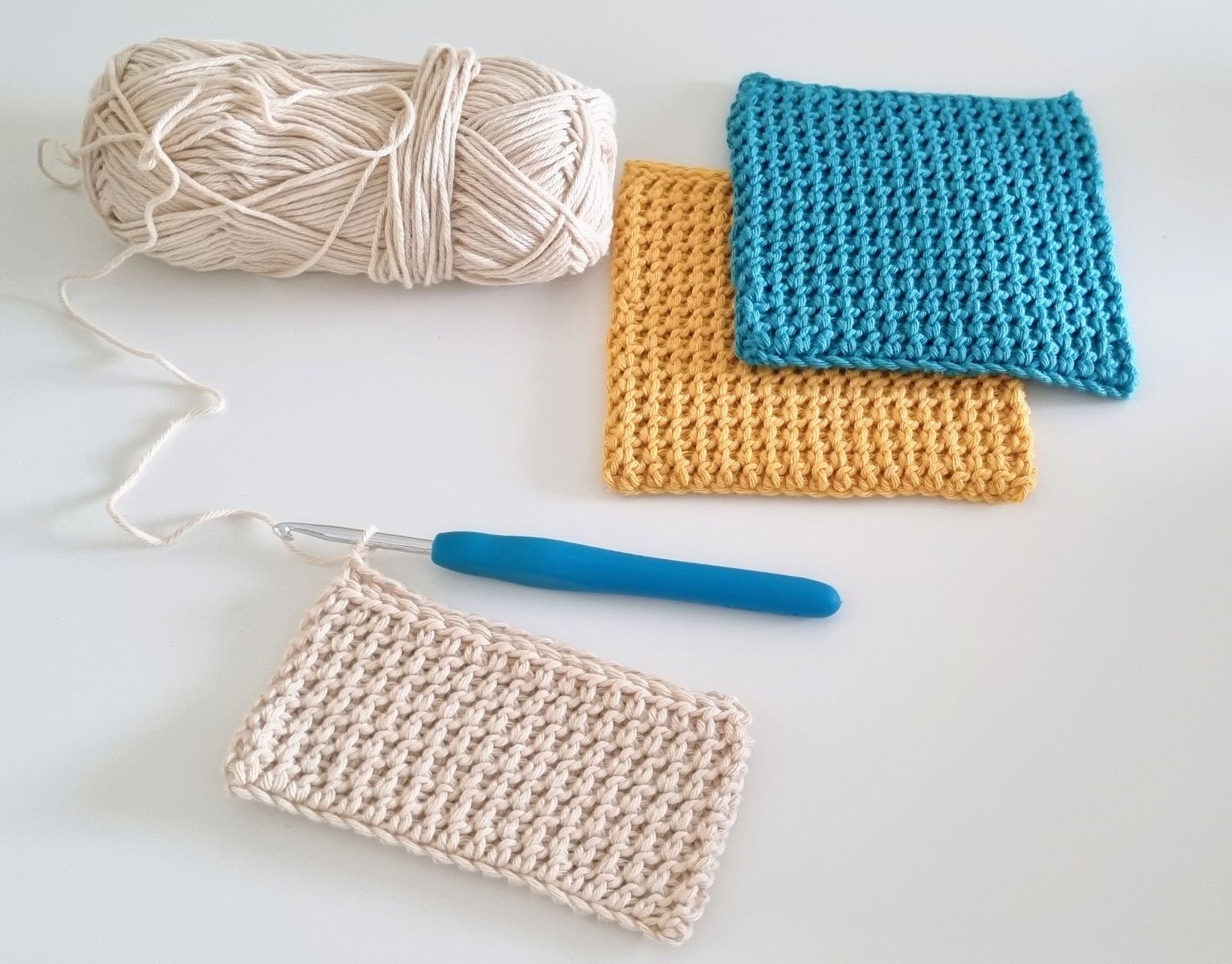



0 thoughts on “How To Store Yarn”